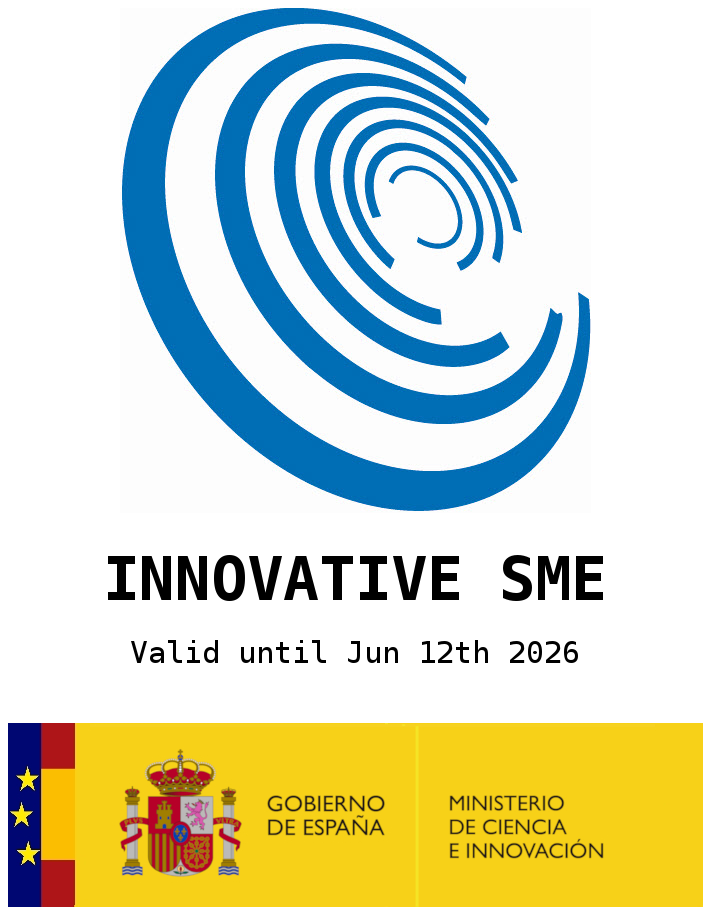Are you aware of what you know and what you don’t know? If not, you may be missing the key
"Be aware of what you know and what you don't." It seems obvious, but it is not. I have been analyzing the service processes of companies in different sectors for many years, and when I ask them the question:
“Do you know in what percentage of your customers' contacts you really know the ultimate cause that generated those interactions?”
In the vast majority, the answer is unknown, not obvious, or immediate.
When a client contacts us with a need, they expect us to be able to solve it immediately. This process usually goes well when the problem is known, and the agents have a guideline to detect and solve it. But the worst experiences usually occur a) when we don't know what causes the problem, or b) when it is known but the customer service process is not able to detect it quickly.
This fact poses a change in the current paradigm.
Listening to the customer is important, but... what if there is something even more essential before providing a solution?
In my experience, there is actually something more essential. Even before listening to the customer, we must be clear about what root causes we know and which of them are generating problems for our customers. At the time this knowledge is clear, the process is much easier, and the customer experience accordingly better.
The first thing you need to do is to determine if the reason for the customers' contact is caused by the effects of a known root cause. If this is not the case, then we can only apply a palliative measure to minimize the impact and collect all the information that allows us to identify it as a new root cause.
This approach may seem obvious, but if you want to verify that it is not, you just have to ask the question: “Do you know in what percentage of your customers' contacts you really know the ultimate cause that generated those interactions?” Even you can add the question: “Could you get a list of the reasons that cause a problem in your client, and be aware of its real impact?
The traditional technology used by customer service teams does not focus on the knowledge of the root causes but on the analysis of the symptoms expressed by the customers, since from there the configurations based on scripts and workflows begin.
This means that symptoms, problems, causes, and resolutions are handled in an intermingled way, making it so difficult for understanding and scale the process.
The new orchestration technologies allow us to generate, in real-time, individual service experiences for each client and each moment within their service cycle. For this, it is necessary to start from the knowledge of the root causes "what we know and what we do not know".
This path will allow us to reach a new level of efficiency and quality in customer service.









